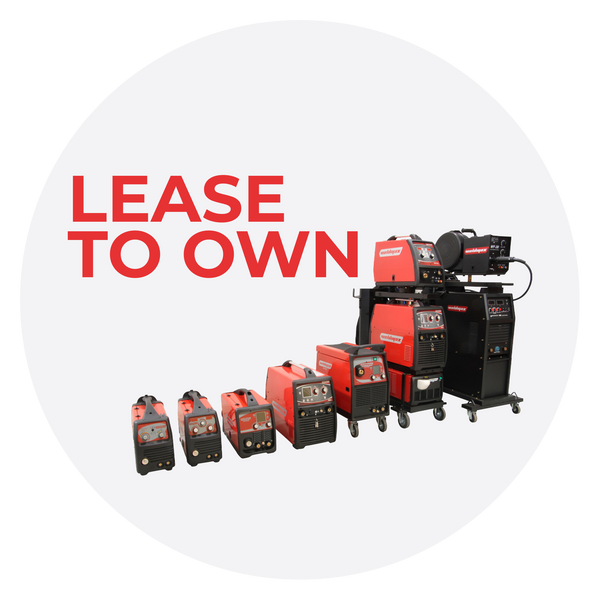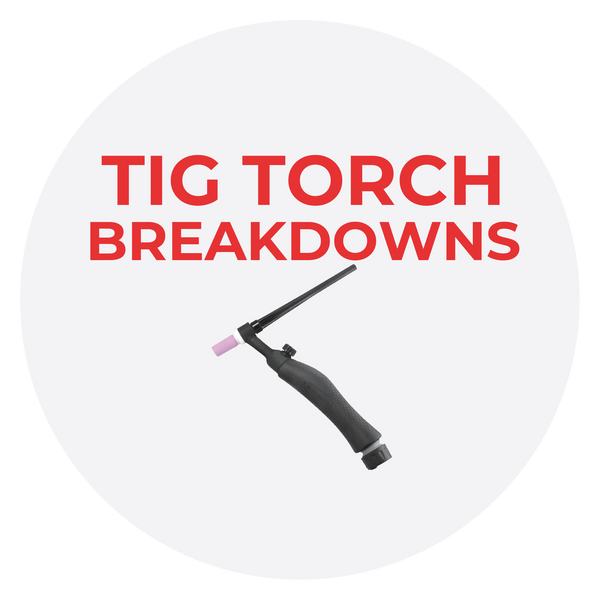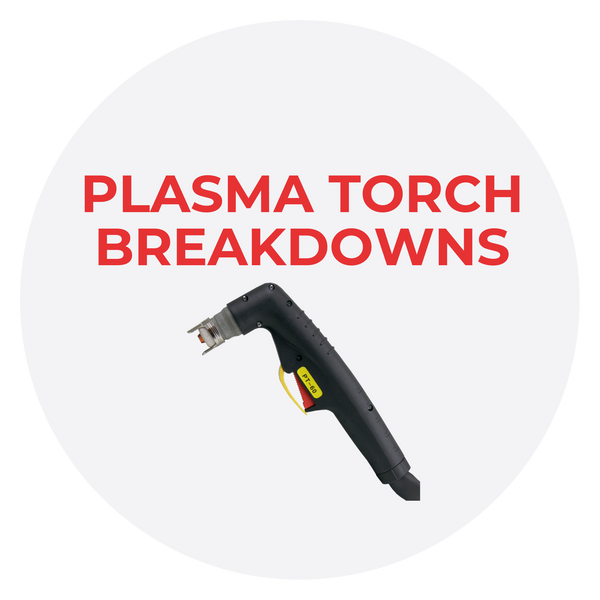
THE DIFFERENCE BETWEEN ACETYLENE VS LPG / PROPANE AS A CUTTING OR HEATING FUEL GAS
Acetylene is one of the industry-standard methods of cutting of all the Industrial Thermal Cutting Processes, but when Propane (LPG) was introduced to the market the whole thermal cutting process changed and the battle between Propane (LPG) and Acetylene was born.
Which gas really Cuts better?Let’s go on and discuss some advantages and disadvantages of our contenders…
ACETYLENE
Advantages:
• Acetylene produces the hottest flame temperature for oxy-fuel cutting and welding
• The hotter temperature creates a quicker piercing of materials
• Oxyacetylene can be used on sites with no power supply
• It is quite a versatile process and can be used to weld most metals.
Disadvantages:
• Acetylene weld lines are rougher in appearance and need more finishing
• Acetylene is unstable and expensive
• There are more safety issues with oxy-acetylene because there is a naked flame.
PROPANE
Advantages:
• Propane has greater total heat combustion
• Oxy propane is easy to obtain and cheaper
• Propane is more stable.
Disadvantages:
• Propane produces a lower flame temperature
• There is increased pre-heat time
• Flames are less focused, therefore if incorrectly used, piercing is slower
• Propane can’t be used for gas welding as it doesn’t have a reducing zone
Here are some facts and common misconceptions regarding Propane (LPG) and Acetylene:
- Maximum neutral flame temperature of acetylene in oxygen is about 5720 F.
- Maximum neutral flame temperature of propane in oxygen is about 5112 F
But they say that the difference doesn’t matter, what really matters is the thermal output
- BTU's of Acetylene is approximately 1470 btu's per cubic foot.
- BTU's of Propane is approximately 2498 btu's per cubic foot.
Acetylene may burn hotter and could pre-heat metal faster, but does that mean that Propane gives off less heat? Not entirely true, with the proper parts, set-up and knowledge, it could match-up or even perform better than acetylene in certain conditions. In the welding industry, the vast majority of preheating is done with Oxygen / Propane. This is a fact. They don't do it just because it's cheaper but because the available heat from propane is much higher. If you’d like to have the option of welding with your torch set up, then you should consider acetylene set up.
With all the facts, advantages and disadvantages it’s still not convincing that you go for one over the other. That’s because the reason is plain and simple, the advantages depend on the type of work or how you will use it for a specific project.
There are very different experiences and opinions, but in the case of comparing acetylene and propane as cutting fuels, there’s no denying that both can effectively cut a lot of metal of various thicknesses. If you take the time to pick up the right equipment for your propane set up and cut with the edge of the flame (rather than toward the centre, which is common with acetylene), you’ll be able to cut without any trouble. This is where the problem lies as Propane releases only a small proportion of heat in the inner flame cone (less than 10%), so most of the heat in the flame is located in the outer cone. Acetylene releases almost 40% of its heat in the inner flame cone.
When you talk to metal workers and welders, you’ll find that many shops and scrap yards use propane, in addition to hobby welders and metal workers. By learning a slightly different technique and picking up the right torch tips, hoses and regulators, you’ll be able to start cutting without too much of a difference compared to acetylene.
SafetyAcetylene will ignite at mixtures from 2.5% to 82%, Propane is 2.1% to 9.5%. From these figures, Acetylene burns faster than Propane. From this, we could come up with a conclusion that Acetylene is far more dangerous than Propane, correct? But that is not the case and nor the cause of accidents in most reported explosions.
Let me give you a simple analogy of safety. Will you hold and lift a hot pan with your bare hands? I believe your answer is “NO” right? WHY? Because you know it’s hot, and you know that you’ll get your hands burned right? So what are you going to do to hold and lift the pan? Probably grab a pot holder or gloves. The same principle applies when you’re working with acetylene and propane. They're both flammable gas and could pose a great threat to you and those around you. The only way to prevent this is to have everyone aware of the potential dangers that it could bring and have them all equipped with the right safety gear and operational procedures.
Australia works hard for the safety of everybody, so if you need some advice or supplies for welding around the Sunshine Coast, Brisbane, Gold Coast ...etc. from safety gear, training, operation procedures and more, please don’t hesitate to contact us at QWS Welding Supply Solutions, and check on our wide range of products and support that we offer.
COST COMPARISON
LPG |
ACETYLENE |
|
CYLINDER RENTAL |
$0 (once Cylinder is purchased) | $250 per annum |
CYLINDER COST |
Approx $25 for 9kgs | Equals 10.5m3 (or 1.5 G-size cylinders) totalling $450 |
DEPOT FEE |
$0 | $11 for each exchange |
OXYGEN |
Consumes same quantity of oxygen in cutting jet | |
HEAT PRODUCTION |
Uses more oxygen in heating but produces more heat in a larger area | Uses less oxygen in heating but produces less heat in an equivalent area |
FLASHBACKS |
Less likely to flashback as it carries its own oxygen into the cutting or heating atmosphere | More of a flashback risk, creating a potential danger to life and equipment |
TIPS |
Cuts dirty or painted steel and resists tip popping due to its inverted centre tip. The effective cutting distance from the workpiece is approximately 2-3 times that of acetylene. Is also less likely to overheat, and thus not create an atmosphere for flashback | Tips are flush drilled and used a lot closer to the cutting face, thus dramatically increasing the risk of getting foreign matter into the holes |
FLAME STABILITY |
Can be used in confined spaces without starving the immediate flame area of oxygen, e.g. slotting out hole, heating or cutting into corners. This maintains flame stability with no popping or flashback | As Oxy/Acetylene Flame requires 20% oxygen from the atmosphere around the flame, this makes it possible to fusion weld without oxidising the molten pool |
APPLICATIONS |
Suitable for brazing steels, silver soldering and brazing of copper and alloys | Suitable for fusion welding of mild steel |
TOTAL COST |
$25 |
$711 |
Ready to make the conversion to LPG today? Harris has an excellent kit with all the necessary items you need to convert!
https://www.weldingsupply.com.au/collections/complete-gas-kits






